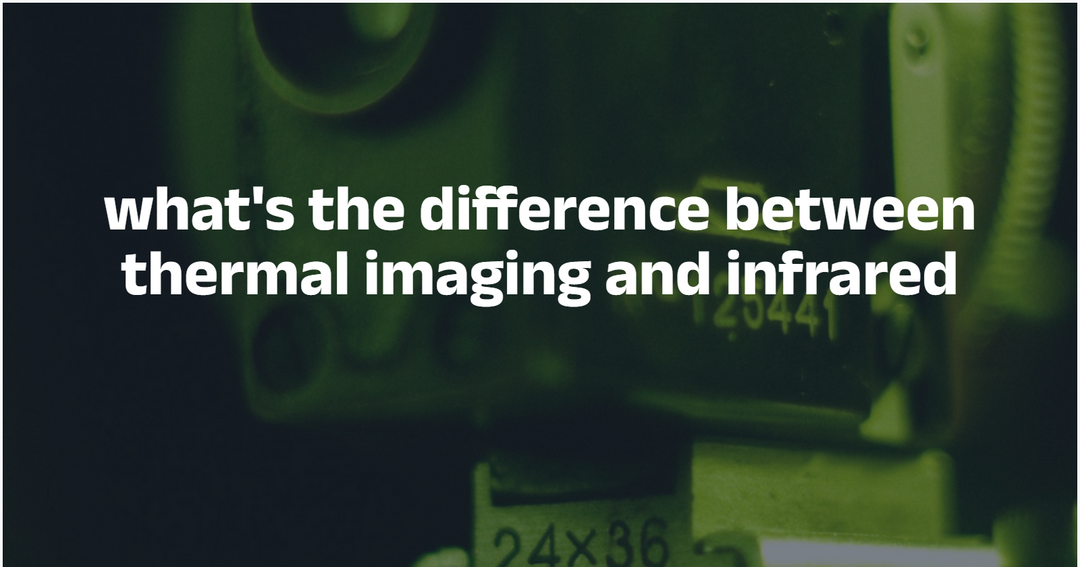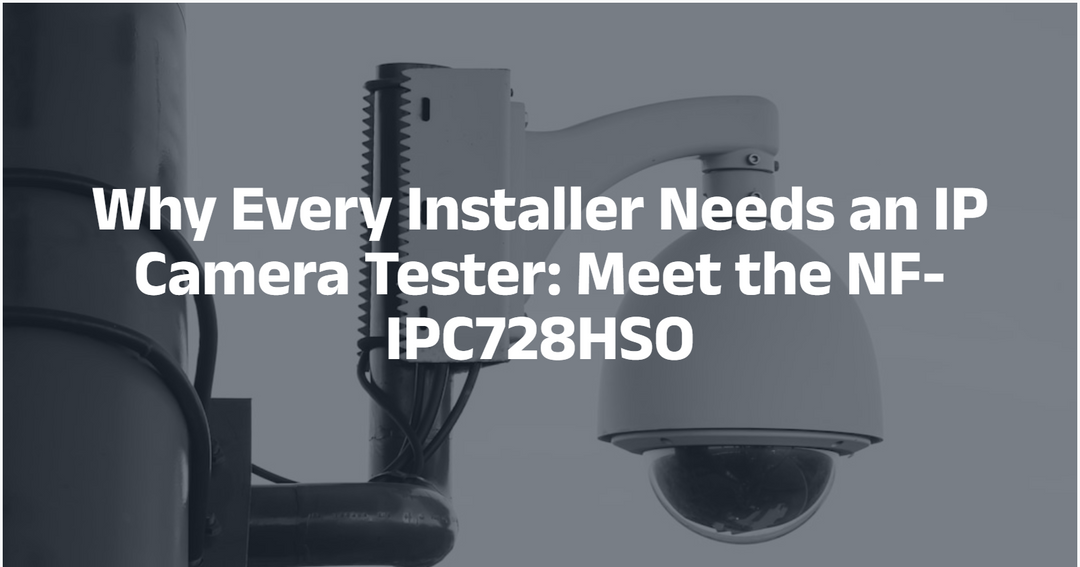How to choose a suitable outdoor network cable?
Are you planning to set up a network cable outside? Don't know which cable to choose? No worries, we've got you covered! Today's article is all about choosing the perfect outdoor network cable. While most cables are designed for indoor use, there are times when you need to venture outside.
We'll guide you through the process of selecting the right cable for your needs, so you can enjoy seamless connectivity without any hiccups. Say goodbye to confusion and hello to hassle-free outdoor networking!
Use-case scenarios in which an outdoor network cable is required:
- Connecting two or more campus buildings
- Internet-enabled surveillance cameras
- Outdoor Wi-Fi access points
- IoT enabled outdoor appliances
Depending on the requirement, it is more applicable to bury the outdoor cable rather than keep it in the open air. Whether buried in the ground or run open-air, the selection of an appropriate type of cable media is crucial. No matter the requirement, we have to use CMX rated Ethernet cable. CMX cable is a rating standard designated for commercial and residential purposes. The major difference between outdoor and indoor cable is the jacket within the cable.
Primarily, we have two types of CMX rated Ethernet cable. There's a minor difference in their jacket. Both of them have a UV-resistant outer jacket. One is coated with PVC (Polyvinyl Chloride), and another one is the superior LLDPE (Linear Low-Density Polyethylene). These cables are also waterproof, and they can withstand humidity and extreme temperature conditions.
Steps to select the best type of Ethernet cable for outdoor use:
Three ways to choose the best network outdoor cable
- Plan of running cables
- Methods of direct burial cables
- Environmental and weather effects on the cable

Plan of running cable:
Before running any outdoor cable, you have to have a plan and a complete set of requirements. So that, your investment and choice of cable are preserved for as long as possible. You have to decide and identify whether the network cable will run above ground or underground. Because for each option, we will have to use different materials and methodologies.
Above-ground: If you require running cables above-ground, you are going to need weather-resistant conduits such as solid copper, UV resistance, and flex piping. The above-ground cable should never be exposed to ground level. It should be elevated using two-hole galvanized cable straps. You should also take precautions to not run the network cables near power lines or other surrounding cables as they will interfere and create a significant amount of noise. Rather, cables should run perpendicular to the power cable as much as possible to avoid signal loss and interference.

Methods of direct burial cables:
There are two options when you're buying an Ethernet cable. (i) direct burial (ii) traditional burial. In a traditional burial, we can use a regular Ethernet cable and place it in conduit but this will not last for long as humidity, moisture, and water can find their way to the cable and can significantly damage not just the cable but the networking device also that is connected with the cable, For the longest-lasting solution, you should use an outdoor CMX rated Ethernet cable that is designed for direct burial by the manufacturers themselves. Manufacturers design direct burial cables with additional protective layers and shields that can be buried directly without even requiring a conduit in most use-case scenarios. However, you should always meet the regulations when it comes to burying the cable as it is subjected to the law if you are using public places or buildings to buildings.
Environmental and weather effects on the cable:
As discussed previously, several environmental factors can damage the cable. First and foremost, any network cable that is required to run above-ground should be waterproof with either waterproof tape or flooded gel core. Otherwise, you will experience power surges during storms and extreme weather conditions and can damage your cable permanently. Moreover, UV rays from the sun can damage your cables if they are overly exposed. The best way to protect your cables from UV rays damage, you should use UV resistant conduit.
Lastly, to safely run the outdoor Ethernet cable, it is highly recommended considering the direct burial method as it safeguards your investment, time, and labor and has a long life and minimal environmental effect.
Best Type of Ethernet Cable for Outdoor Use:
CAT6 cable is the best weatherproof cable that can be used outdoor with peace of mind. It can withstand moisture, humidity, UV rays, extreme temperatures, and rains.
CAT6 Cables and their unique characteristics:
CAT6 cables are the most commonly used outdoor cable because of their best-in-class characteristics. CAT6 cables are used in commercial or industrial settings mostly. They are efficient, durable, and have a better quality and connection speed to serve customers efficiently.
Points to consider for CAT6 cables:
- Shielding for ESD (Electrostatic Discharge)
- Waterproofing with flooded gel core
- LLDPE Jacket
- UV coating
Please see the following exhibit for more clarification:





